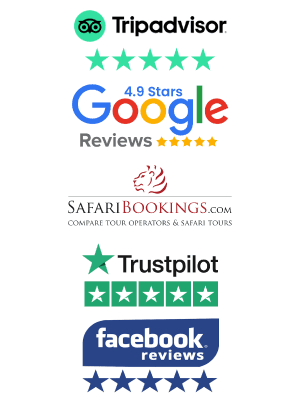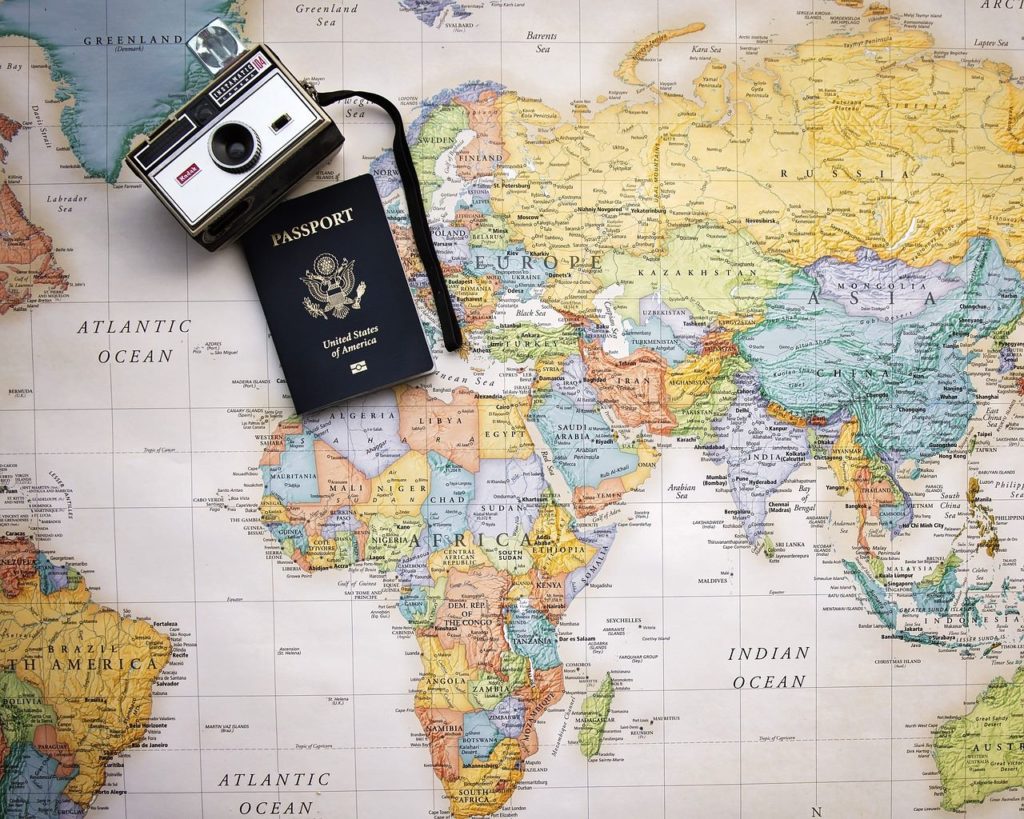
Planning a safari in Kenya can be a thrilling experience, as the country is home to some of the most spectacular wildlife and landscapes on the planet. From the majestic Masai Mara to the stunning Lake Nakuru, there is so much to see and do. However, planning a safari can be a daunting task, especially if it’s your first time. In this ultimate guide for planning a safari in Kenya, we’ll walk you through everything you need to know to make your trip a success.
Step 1: Choose the Best Time to Visit
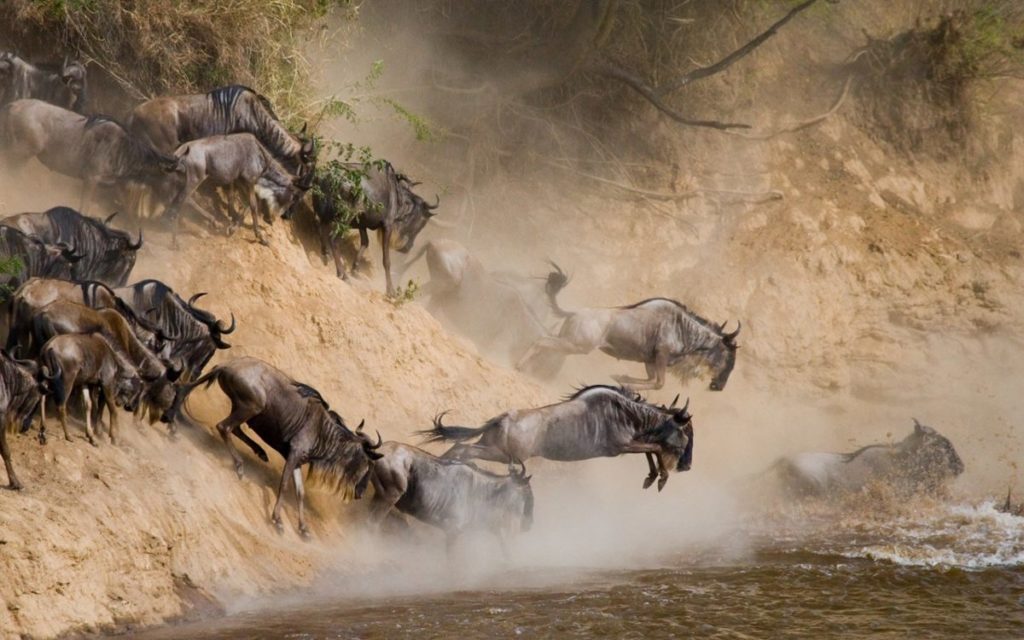
The best time to visit Kenya for a safari is during the dry season, which runs from late June to October.
During this time, the weather is sunny and warm, and wildlife is easier to spot as they gather around watering holes.
Another great time to visit is during the short dry season from January to February.
However, if you want to see the great wildebeest migration in the Masai Mara, the best time to visit is between July and September.
There are various thrilling seasonal activities to enjoy, such as:
- Watamu’s whale migration,
- Paragliding in Kerio Valley,
- Turkana and Lamu cultural festivals,
- Rhino Charge,
- Mombasa Carnival,
- Safaricom International Jazz Festival,
- KCB & WRC Safari Rally,
- Lewa & Standard Chartered Marathon,
- International Camel Derby and Festival in Maralal,
- Nairobi Restaurant Week, and
- Safari Sevens among others
Step 2: Decide on Your Safari Destination
Kenya has a wide range of safari destinations including national parks and reserves, each with its own unique features and attractions.
Some of the most popular parks in Kenya include the Masai Mara National Reserve, Amboseli National Park, Tsavo National Park, Lake Nakuru National Park, and Samburu National Reserve.
Each of these parks has its own distinct features, from the vast plains of the Masai Mara to the snow-capped peaks of Mount Kilimanjaro in Amboseli National Park.
When choosing your safari destination, consider the type of wildlife you want to see, the type of experience you’re looking for, and your budget.
- Check out our array of Top Travel Destinations & Attractions in Kenya
Step 3: Choose Your Safari Operator
Choosing the right safari operator is crucial to ensure that you have a safe, enjoyable, and a memorable safari experience in Kenya.
Research different operators and read reviews from other travelers before selecting one. Consider factors such as:
- A tour operations license,
- Quality of their safari vehicles,
- Experienced drivers and guides who are knowledgeable about the local wildlife and culture and
- The level of customer service they provide
Also, ensure that they follow responsible tourism practices to protect the environment and local communities.
At Ease My Safari, past clients have put their trust in us, and we are equally proud to be trusted.
You can take a look at our testimonials on various platforms such as TripAdvisor, Safari Bookings, Google, Trust Pilot, and Facebook to see for yourself.
Step 4: Determine Your Budget and length of stay
Safari packages in Kenya can range from budget to luxury, so it’s essential to determine your budget before planning your trip.
Consider the length of your safari, costs of accommodation, transportation, park fees, and activities such as game drives and hot air balloon rides.
Keep in mind that prices can vary depending on the time of year you travel and the level of luxury you desire.
It’s also a good idea to set aside some money for unexpected expenses, such as medical emergencies or extra activities.
Step 5: Choose Your Accommodation
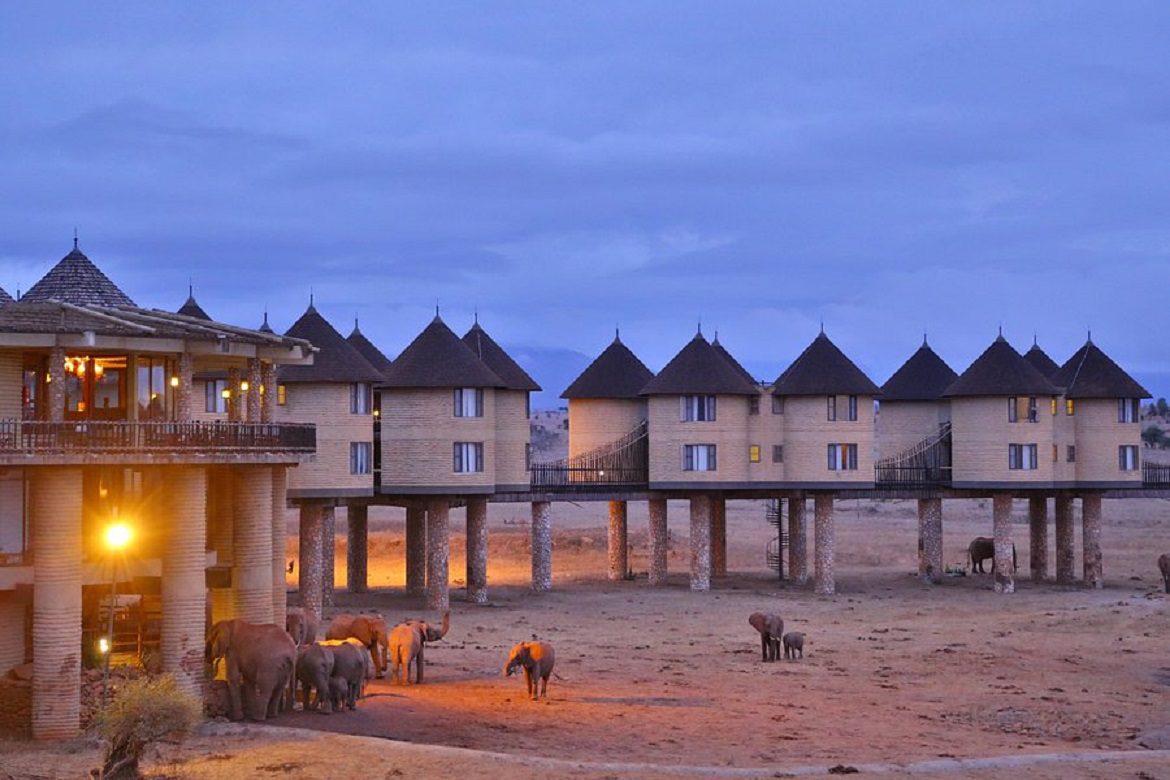
Kenya has a wide range of accommodation options, from budget-friendly campsites and lodges to luxury tents and lodges.
It’s essential to consider your budget and preferences when choosing your accommodation.
Budget-friendly options include camping and basic lodges, which can cost as little as $50 per night.
If you’re looking for a more luxurious experience, there are plenty of high-end lodges and tented camps that offer all-inclusive packages.
These can cost several hundred dollars per night but provide an unparalleled level of comfort and service.
Another factor to consider is the location of your accommodation. If you’re planning to visit multiple parks and reserves, it’s best to choose the accommodation that’s centrally located.
This will save you time and money on transportation.
Step 6: Get Your Travel Documents in Order
Once you’ve planned your itinerary and accommodation, it’s time to get your travel documents in order. Make sure to check the visa requirements for your country before traveling.
If you’re a U.S. citizen, you’ll need a valid passport to enter Kenya. You can apply for a passport at your nearest U.S. passport agency or through the U.S. Department of State website.
You’ll also need a visa to enter Kenya. You can obtain a visa on arrival at the airport or apply for one online in advance.
It’s best to apply for your visa online to avoid long lines at the airport.
In addition to a passport and visa, you should also have a copy of your itinerary, travel insurance, and any necessary vaccinations.
It’s important to research the visa and health requirements for Kenya and speak with your healthcare provider about any necessary vaccinations.
Step 7: Prepare for Your Safari
Finally, it’s time to pack for your safari adventure. It’s important to pack for both comfort and practicality.
Remember to bring comfortable, breathable clothing that’s suitable for the weather and activities you’ll be doing.
Pack sturdy, comfortable walking shoes or boots for game drives and nature walks. Other essential items to pack include sunscreen, insect repellent, a hat, and sunglasses.
It’s also a good idea to bring a small backpack or daypack for carrying essentials on game drives and nature walks.
You should also bring a good pair of binoculars and a camera to capture all the incredible wildlife you’ll see.
Step 8: Enjoy Your Safari
Finally, it’s time to enjoy your safari! Be sure to follow the instructions of your guide, and respect the wildlife and their habitats.
Remember that you’re a guest in their home, and it’s important to behave responsibly and ethically.
By following these first five steps, you’ll have a solid foundation for planning your perfect safari in Kenya.
Tips to ensure that you have a memorable safari experience in Kenya.
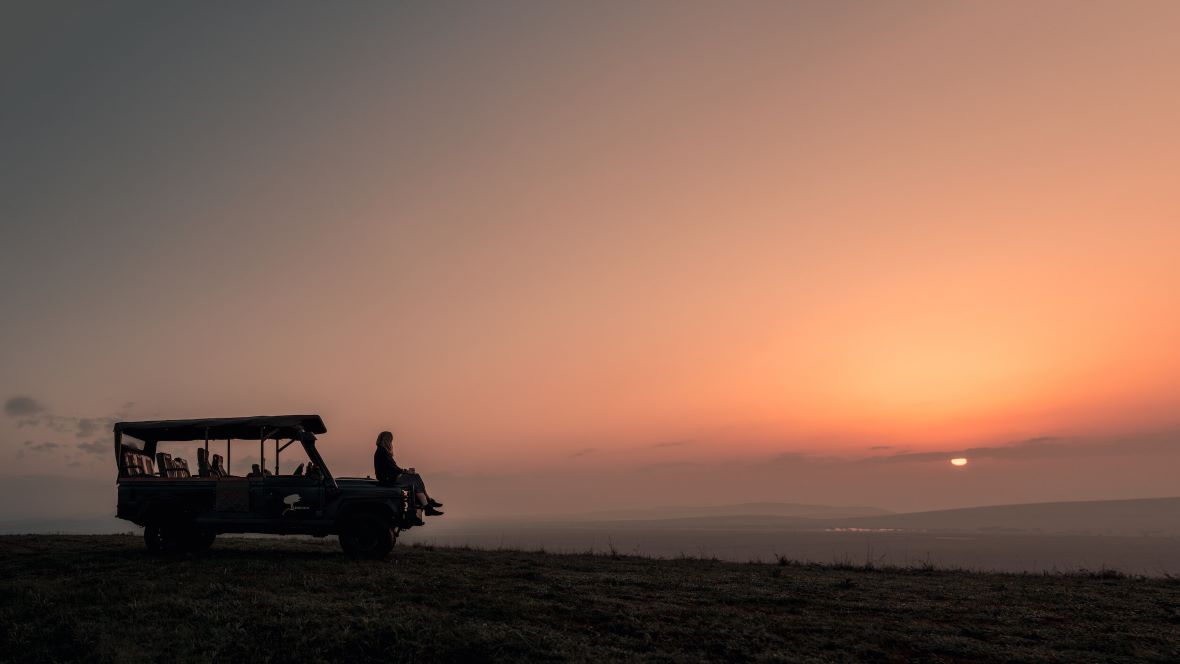
Here are a few more tips to ensure that you have a memorable safari experience in Kenya.
Manage your expectations while planning a safari in Kenya
When planning a safari in Kenya, it’s important to manage your expectations.
Be open-minded and create a list of things you hope to experience, but keep in mind that wildlife sightings are not guaranteed and can be unpredictable.
Make a list of realistic expectations and be open-minded to new experiences, like trying new foods or learning cultural practices.
Remember that animals are not caged and sightings can be unpredictable. Keep an open mind and enjoy the journey.
For example, while on safari in Maasai Mara, you may or may not see all of the “big 5” animals.
Consider sustainable tourism facilities

When planning a safari in Kenya, consider the use of sustainable tourism facilities.
These are facilities that operate in an environmentally responsible manner, ensuring that the impact on the local ecosystem is minimal.
This helps to preserve the natural beauty of Kenya and protect its wildlife for future generations.
By choosing sustainable facilities, you also support the local communities by providing them with job opportunities and income.
This creates a positive relationship between tourists and locals, enhancing the overall safari experience.
So, look for safari operators and accommodations that prioritize sustainability, such as eco-lodges and campsites that use renewable energy and support conservation efforts.
Sustainable Tourism Activities
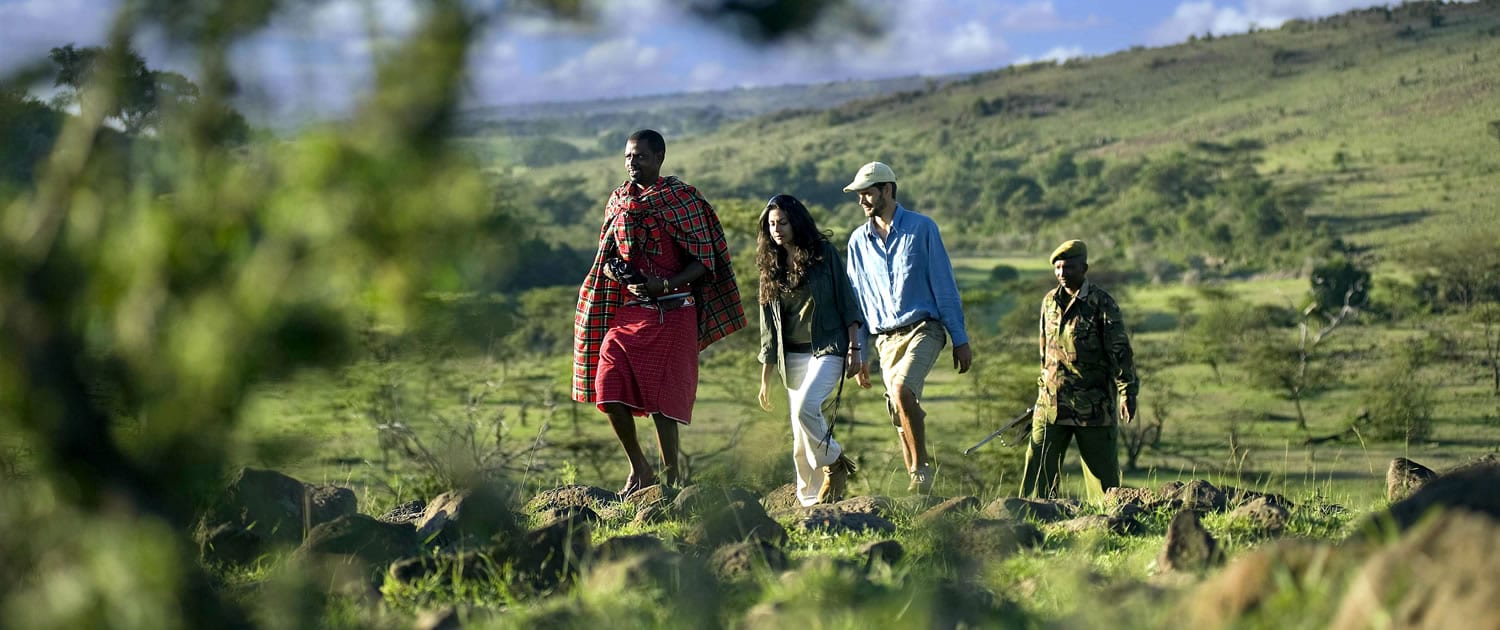
Sustainable tourism activities are important to consider when planning a safari in Kenya.
These activities are designed to have a minimal impact on the environment and local communities.
By participating in sustainable tourism activities, you are helping to preserve the natural beauty of the country for future generations.
Some examples of sustainable activities include wildlife conservation projects, community-based tourism, and responsible camping practices.
Choosing to support these activities can enhance your safari experience and allow you to give back to the local community and environment.
Research the wildlife
Before you embark on a safari in Kenya, it is essential to research the wildlife that you are likely to encounter.
This will give you an idea of the animals that you should expect to see and what to look out for during your safari.
Kenya is home to the Big Five – elephants, lions, leopards, rhinos, and buffalos, as well as other wildlife such as giraffes, zebras, hippos, crocodiles, and a variety of antelopes.
Understanding the behavior of these animals will help you to appreciate them more during your safari.
Pack appropriate clothing
When going on a safari, it is important to pack appropriate clothing that is comfortable and will keep you cool in the hot African sun.
You should also pack clothes that will keep you warm in the early morning and late evening, as the temperature can drop significantly during these times.
Additionally, pack neutral-colored clothing that will help you blend in with your surroundings and avoid standing out to the animals.
Don’t forget to pack a hat, sunglasses, sunscreen, insect repellent, and comfortable shoes.
Be respectful of the wildlife
While on safari in Kenya, it is important to remember that you are in the animals’ natural habitat.
It is crucial to be respectful of their space and not disturb their natural behavior. This means staying quiet and not getting too close to the animals.
It is also important to avoid littering, as this can harm the animals and the environment.
Respect the local culture
Kenya is a country with a rich and diverse culture, and it is essential to respect the local customs and traditions.
If you are visiting a Maasai village or other local communities, it is important to dress appropriately and follow the local customs.
This will help you to connect with the locals and learn more about their way of life.
Security: Stay safe
Kenya is a safe country to visit, but it is important to take precautions to ensure your safety during your safari.
Always listen to your guide’s instructions and avoid walking alone, especially at night.
It is also important to avoid displaying your valuables in public places, as this may attract unwanted attention.
Conclusion
In conclusion, planning a safari in Kenya can be a daunting task, but with the right tour operator, it can be a smooth and memorable experience.
Ease My Safari stands out as the perfect partner to plan your safari in Kenya, with its extensive knowledge of the country’s safari destinations, sustainable tourism practices, and customized safari packages to fit your budget and preferences.
By following the tips outlined in this guide, you can ensure a memorable safari experience in Kenya, and with Ease My Safari, you can make your dream safari a reality.
Book your safari today and embark on a journey of a lifetime!




